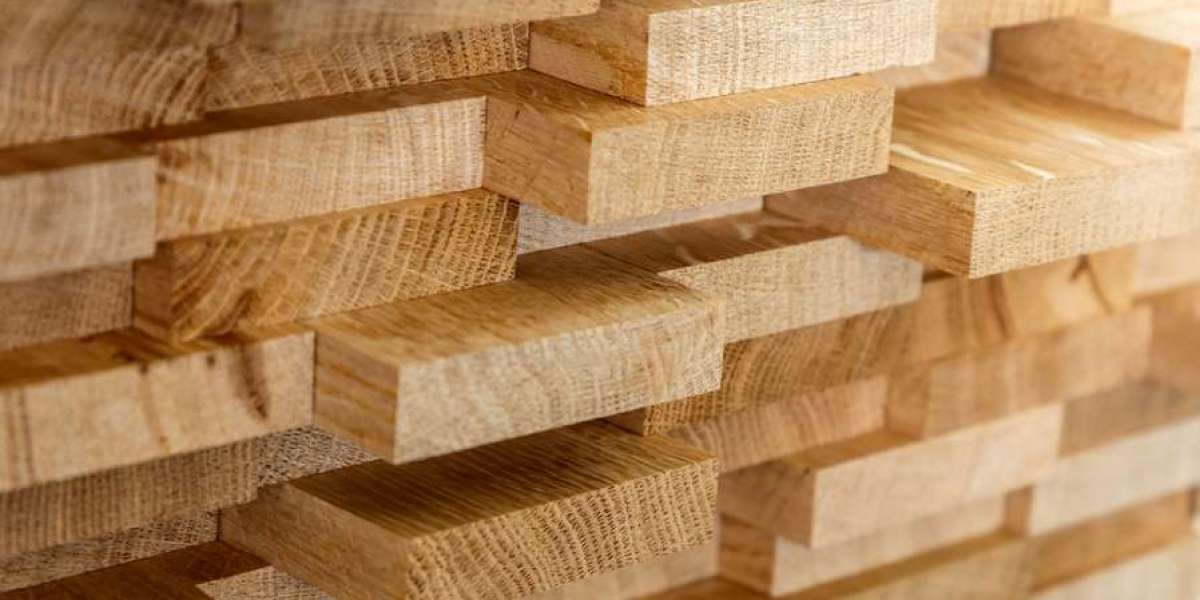Lumber has been a cornerstone of construction, furniture making, and design for centuries. Known for its strength, versatility, and aesthetic appeal, lumber products are essential materials in both residential and commercial projects. This article explores the various types of lumber products, their uses, and why they remain a sustainable choice in modern construction.
Types of Lumber Products
Lumber products can be categorized into softwood, hardwood, and engineered wood.
Softwood Lumber
- Derived from coniferous trees like pine, spruce, and fir.
- Commonly used for structural framing, flooring, and interior designs.
- Lightweight and easier to work with, making it popular for DIY projects.
Hardwood Lumber
- Comes from deciduous trees like oak, maple, and walnut.
- Renowned for durability and beauty, often used in furniture and flooring.
- Offers a variety of grain patterns and colors, enhancing design flexibility.
Engineered Wood Products
- Includes plywood, medium-density fiberboard (MDF), and oriented strand board (OSB).
- Made by binding wood fibers, veneers, or particles with adhesives under heat and pressure.
- Ideal for applications requiring strength and uniformity, such as cabinetry and paneling.
Applications of Lumber Products
Construction
Lumber is widely used in framing, roofing, and flooring. Softwoods like Douglas fir are ideal for structural applications, while treated wood is often used for outdoor projects to resist decay and pests.Furniture Making
Hardwoods such as cherry and oak are prized for their strength and rich appearance, making them ideal for crafting high-quality furniture.Decorative Uses
Engineered wood products are perfect for interior paneling, decorative wall features, and cabinetry due to their customizable finishes.Outdoor Projects
Pressure-treated lumber and cedar are common choices for decking, fencing, and pergolas due to their durability in varying weather conditions.
Sustainability of Lumber Products
Lumber is an eco-friendly choice when sourced responsibly. Certified sustainable lumber, such as those bearing the Forest Stewardship Council (FSC) label, ensures that wood is harvested in a way that maintains the ecological balance. Moreover, wood’s ability to sequester carbon makes it a greener option compared to materials like concrete and steel.
Tips for Choosing Quality Lumber Products
- Understand Your Project Requirements: Choose hardwood for durability or softwood for lighter applications.
- Check for Defects: Inspect lumber for knots, warping, or splits that could compromise its structural integrity.
- Opt for Treated Lumber: For outdoor use, ensure the wood is treated to withstand moisture, insects, and rot.
- Look for Certifications: Ensure the wood is sustainably sourced.
Future of Lumber in Modern Design
With advancements in engineered wood and the rising demand for sustainable materials, lumber products continue to be a preferred choice in construction and design. Modern treatments and technologies enhance their lifespan and usability, making them suitable for innovative architectural projects.
Conclusion
Lumber products offer unmatched versatility, sustainability, and aesthetic appeal. Whether you’re building a home, crafting furniture, or designing outdoor spaces, the right choice of lumber can elevate the quality and longevity of your project. By understanding the various types and applications, you can make informed decisions that benefit both your needs and the environment.








